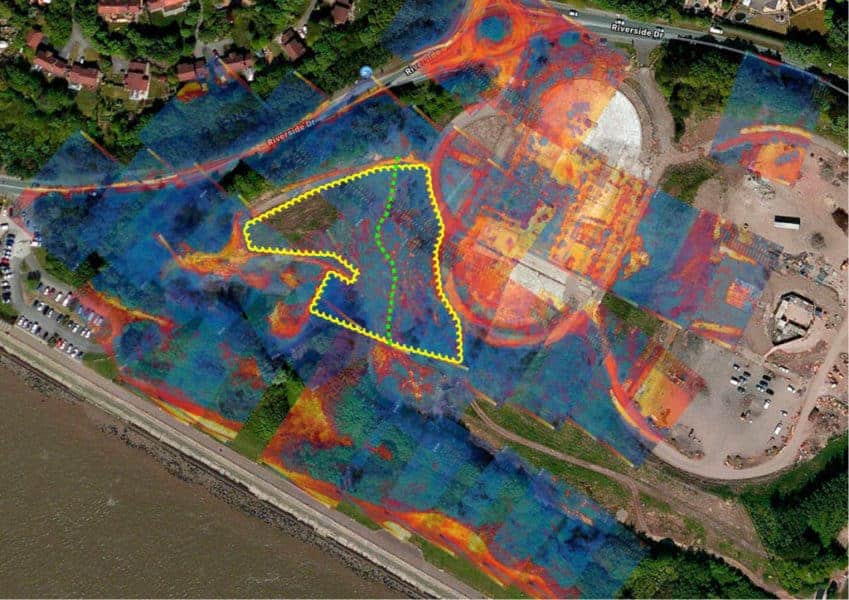
Thermal Imaging – Fact Versus Fiction

There’s some fiction that surrounds thermal imaging which is understandable as it is relatively new technology and it has been heavily used in the film and tv industry in, shall we say, some fairly creative capacities.
A thermal imaging camera works just in the same way any other camera in that it create an image via a lens. However, instead of using visible light as a standard camera would, a thermal imaging camera uses infrared waves and focuses these onto a specialised sensor to create a ‘thermal profile’ of the temperature of images in relation to those around them.
Can a Thermal Imaging Camera See Through Walls?
Nope, not outside of Hollywood. Thermal cameras measure the heat of what is front of them and so would measure the temperature of the wall and not what’s behind it. They see the heat that comes from the house which makes them invaluable in terms of detecting dampness, insulation efficiency, moisture ingress and delaminating render etc. They actually can’t even see through glass as this has it’s own thermal profile.
Can a Thermal Imaging Camera See Through Clothes?
Again, this is a bit of a Hollywood myth. The heat signature of a person is read from the outside, with the clothes and body being treated as a single heat source. The one broad exception to this would be if a person had an item underneath their clothes that was significantly hotter or colder than their body, this would be highlighted as a patch of different temperature in a thermal image.


In the above two images, you can see a human hand placed on a cold granite work surface with the whiter, brighter areas indicating the higher temperatures. You can see that the hand cools towards the extremities with the ends of the fingers being a fair amount colder than the centre of the hand. What is interesting to see, and invisible to the naked eye, is the second image of the residual heat that is left when the hand is taken away.
The Importance of Solar Panel Inspections in Spring
Spring and summer are peak months for solar energy production—ensure your panels are operating efficiently with a professional thermal imaging inspection. Compliance with IEC62446-3:2017 is essential for both commercial and domestic systems, helping to prevent faults, optimise performance, and maintain insurance coverage. Book your inspection today!
Facebook, Instagram and Threads Removal
Departing Facebook, Twitter, and Instagram to Uphold Ethical Principles In an era increasingly shaped by the influence of powerful social media platforms, Drone Media Imaging has made the principled decision to leave Facebook, [...]
In Thermography what is the difference between Quantitative vs Qualitative analysis
Quantitative and qualitative thermography are two essential methods in thermal imaging analysis. Quantitative thermography measures exact temperature values, while qualitative thermography focuses on pattern recognition. Both play a crucial role in building inspections, electrical fault detection, and industrial diagnostics. Understanding their differences helps professionals choose the right approach for accurate thermal assessments. Drone Media Imaging provides expert thermographic services, ensuring precise, reliable results. Contact us today for professional thermal imaging analysis.
Expert Infrared Inspections for Accurate Thermal Assessments
Need professional thermographic analysis for your project? Our certified experts use the latest infrared technology to deliver precise results. Contact Drone Media Imaging today for expert thermal imaging services.











